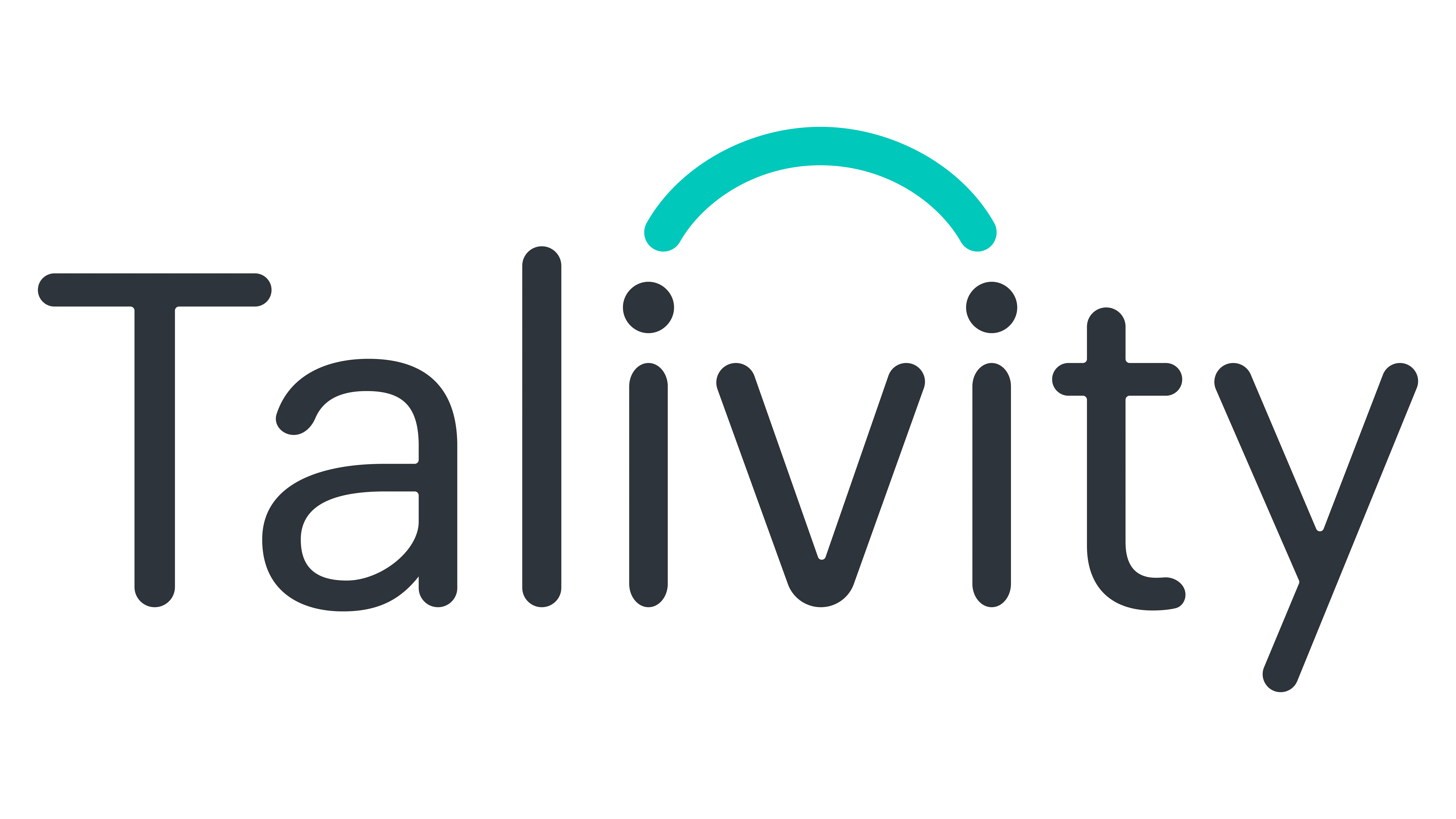Find the right solution for your business.
Explore SolutionsRecruitment marketing is constantly evolving, and major changes affect the industry every year. We surveyed our audience of recruitment marketers to better understand what changes had the biggest impact on the industry in 2022 and how these are shaping 2023.
1. Requirements for Pay Transparency
The movement towards pay transparency and mandates to disclose this information in job descriptions shook the recruiting industry in 2022. More people want to know what their peers earn for their work in similar roles and laws are being introduced around the country that enforce employers to comply.
The movement towards pay transparency will likely increase in 2023 as more states are likely to adopt such mandates to disclose compensation in job postings.
Employment advocates welcome the change, these changes should help to ensure that workers receive fair pay, regardless of their gender, race or disability status.
2. Innovations in Talent Acquisition Technology
There have been many innovations in talent acquisition technology to simplify the processes associated with identifying, attracting and hiring new employees. These tools can include applicant tracking systems (ATS), recruitment marketing platforms, candidate relationship management (CRM) software, and other technologies that help companies streamline their recruiting processes and make better hiring decisions.
There are more products and features expanding at an accelerated rate and the introduction of AI into many of these systems and its use in the recruitment process has had a significant impact. ChatGBT is a good example of how this technology can be useful in recruitment marketing by assisting in writing job descriptions. The widespread use of this technology will continue to expand in 2023, and beyond, and it will also be interesting to see the new discoveries that AI brings.
3. The Rise of TikTok as a Recruitment Marketing Channel
TikTok started as an entertainment app, but it has since evolved to become much more. Savvy employers now use it to attract candidates, highlighting the unique benefits of their workplace.
Recruitment marketers who capitalize on TikTok to support their employer branding efforts often see significant results, especially when their campaigns go viral (as they often do).
It’s worth noting that this channel is not for everyone. Companies should assess the candidate personas that they are looking to attract and also their employer brand to see if TikTok aligns with both.
Given that TikTok has one billion monthly active users, it isn’t a surprise that leaders have been pushing teams to get their brand in front of such a large audience.
4. Executive-Level Attention Toward Talent Acquisition
In past decades, seeking out new employees to fill open roles was primarily left to HR administrators, who received little attention or focus from executives. Today, there has been a tremendous shift, and executives view talent acquisition as an essential part of operations and a lever to position their organization well for sustained growth.
Talent shortages and the Great Resignation made media headlines and impacted businesses from all types of industries. Consumers felt the impact as businesses struggled to deliver products, services and maintain supply chains as a result of workforce shortages. Many executive leaders recognized the opportunity to invest in solutions and strategies to optimize talent attraction and the candidate experience as a way to gain a competitive advantage. By working more closely with HR and TA teams, executives can provide the critical support that is needed. The good news is that this level of attention is not likely to shift anytime soon.
5. Front-Line Worker Labor Shortage
Front-line workers, such as nurses, educators and individuals in the hospitality and food industries, suffered significantly during the COVID-19 pandemic. Nurses and educators were inundated with changes in the workplace, while hospitality and food workers lost their positions during the lockdowns.
As the world got back to business and emerged from lockdowns, demand for workers soared beyond the level prior to the pandemic in many industries, yet the supply of front-line workers did not. These residual effects have continued and when you combine that with the generational shifts in how employment is perceived, this is expected to continue.
Expect New Trends in 2023
2022 brought with it significant changes to the recruitment marketing industry and we can expect additional shifts and disruptions in recruitment marketing and talent acquisition in 2023. Be sure to follow us on LinkedIn and subscribe to stay in the know!

